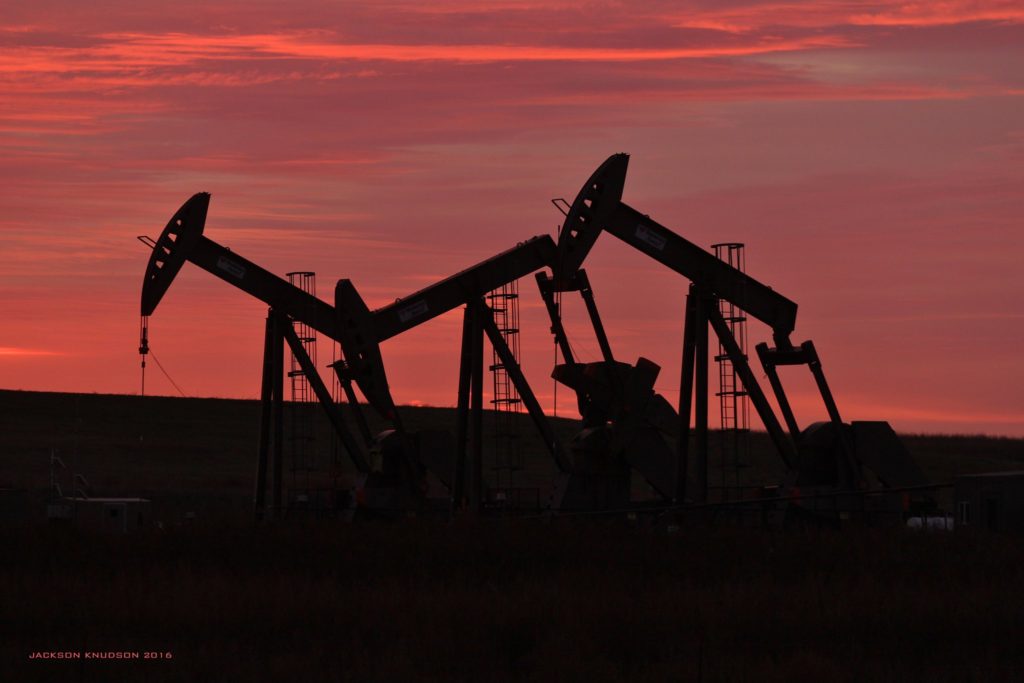
Natural gas has become a huge industry in the United States, increasingly replacing coal in power plants, and otherwise contributing to energy independence. Unfortunately, it also contributes to climate change. Methane – the primary component of natural gas – is a powerful greenhouse gas that is estimated to be responsible for as much as a quarter of atmospheric warming.
Not all of the emissions from natural gas come from its use. In the United States, so-called fugitive emissions from the oil and gas industry total an estimated 13 million metric tons per year. These emissions basically consist of leakage of various types from the extraction, transportation, and processing of natural gas and cost the industry $2 billion in lost revenue each year. Globally, that figure is estimated to be $30 billion.
Research labs and startup companies are working on developing and deploying novel technologies to address the growing issue of methane leaks across the fossil fuel supply chain.
One company called LongPath Technologies – a spinout from the University of Colorado – uses frequency comb laser technology that can pinpoint a leak to about a 50 square-foot area from half a mile away. Other companies use different variations on laser absorption technology to be able to measure methane concentrations from a distance.
Methane is a much more powerful greenhouse gas than carbon dioxide, but it stays in the atmosphere for much less time. As a result, reducing methane emissions can pay off much more quickly than reducing carbon dioxide emissions.
The current EPA is trying to eliminate emissions regulations on the natural gas industry, but it is in the industry’s economic interest to curb those emissions even if they were unconcerned about the environment.
**********
Web Links
Methane Detectives: Can a Wave of New Technology Slash Natural Gas Leaks?
Photo, posted October 22, 2016, courtesy of Flickr.
Earth Wise is a production of WAMC Northeast Public Radio.
Leave a Reply